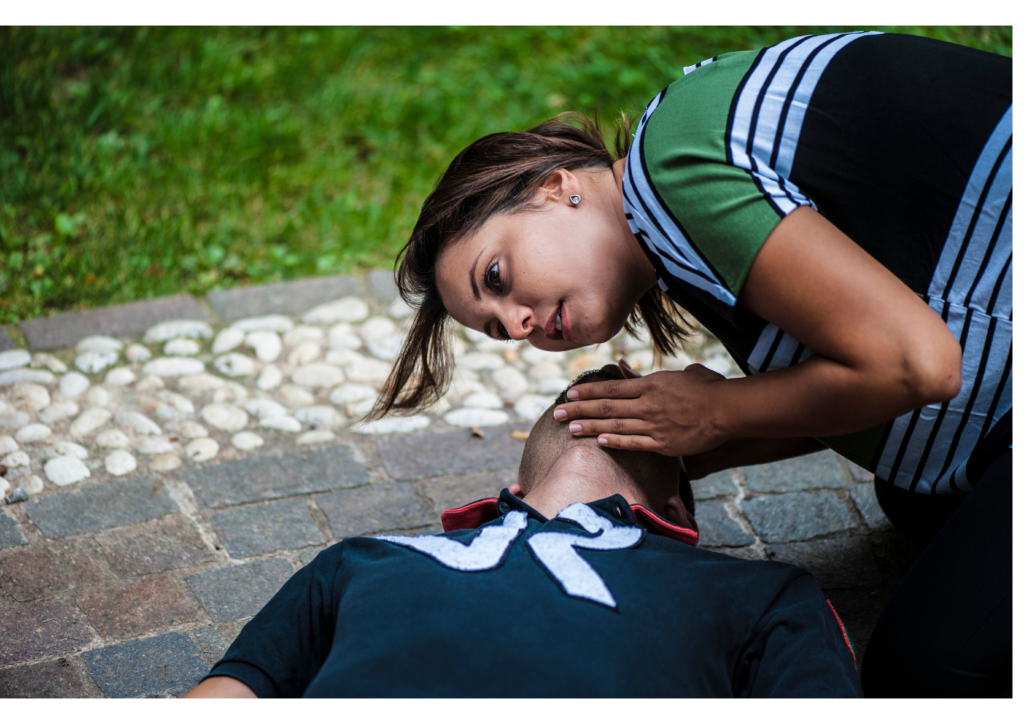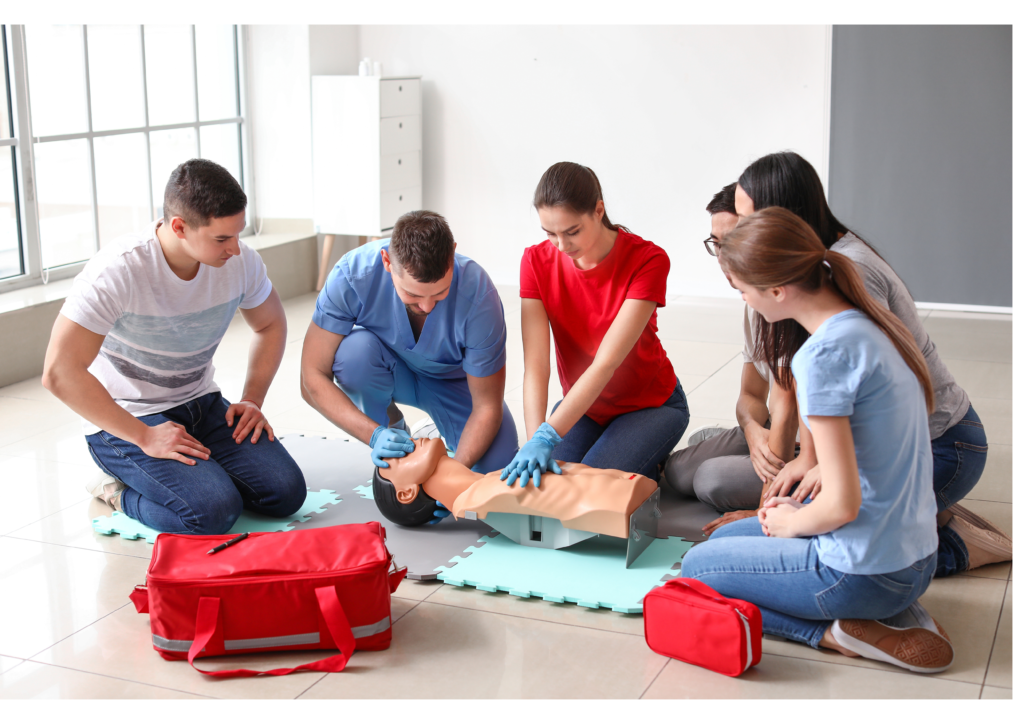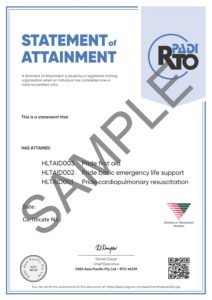Cardiopulmonary resuscitation (CPR) is a lifesaving technique that involves a combination of chest compressions and rescue breathing. It is a critical intervention that can be performed by anyone, regardless of their medical background, in emergency situations when a person’s heart has stopped, or they have stopped breathing. In Australia, there are specific regulations governing the performance of CPR, and it is essential to follow these guidelines to ensure the best possible outcome. In this blog post, we will provide you with a guide for CPR following Australian Adult regulations. For teenagers and kids, refer to Australian Guidelines for CPR procedures.
Step 1: Assess the situation
Before you start CPR, it is essential to assess the situation to ensure that it is safe to proceed. Check for any hazards that may put you or the casualty in danger, such as electricity, gas leaks, or traffic. If the scene is unsafe, call for emergency services immediately and wait for professional help to arrive.
Step 2: Check for responsiveness
The next step is to check the casualty’s responsiveness. Shake the casualty gently and shout their name if known to see if they respond. If there is no response, ask someone to call for emergency services immediately, or call them yourself if you are alone. If available, ask someone to bring you an AED.
Step 3: Check for breathing
While calling for help, check for the casualty’s breathing. Tilt their head back gently and lift their chin to open the airway. Look into their airway, if an obstruction is present, try to remove the obstruction if safe to do so. Listen for any sounds of breathing, look for chest movements, and feel for any air coming out of their nose or mouth. If the casualty is not breathing, proceed to step 4. If the casualty is breathing, place them into a recovery position.

Step 4: Perform chest compressions
Performing chest compressions is the most critical part of CPR. Place the heel of one hand in the centre of the casualty’s chest and place the other hand on top. Interlock your fingers and position your shoulders directly above your hands. Push down on the chest firmly compressing by a third of the chest’s depth. Release the pressure, do not remove your hand, to allow the chest to recoil to its normal position between each compression. Repeat this process at a rate of 100-120 compressions per minute, until help arrives, or the casualty starts to breathe again.
Step 5: Perform rescue breaths
After 30 chest compressions, perform two rescue breaths. Pinch the casualty’s nose shut, and tilt their head back again to open the airway. Take a deep breath and place your mouth over theirs, forming a seal. Blow gently into their mouth, watching for the chest to rise. If the chest does not rise, reposition the head and try again. Repeat this process until the casualty starts to breathe again or help arrives. If unable or unwilling to perform rescue breath, maintain effective chest compressions until help arrives.
Step 6: When an AED is available
If an AED is present on the scene at any point, apply the chest pads immediately, and follow the AED instructions.
Considerations: If multiple persons on the scene are CPR trained, consider rotating the role of chest compression every 2 mins to maintain high-quality chest compression. This can be done during the rescue breathing.

Learning CPR is an important skill that could potentially save a life. It’s important to keep up to date with the latest guidelines and receive regular training to ensure you are prepared to respond in emergency situations. So, don’t be afraid to learn CPR – you never know when you may need to use it!
It’s important to remember that taking action, even if it’s not perfect, is better than doing nothing when performing CPR on someone whose heart has stopped. Don’t be afraid of harming the person because CPR cannot make their condition worse.
Equip yourself with the knowledge and skills you need to assist in emergencies by completing first aid training with PADI RTO. The course provides comprehensive training, which will equip you with the skills and knowledge to handle a wide range of situations and give you the confidence to deal with them quickly, correctly, and efficiently. With PADI RTO Trainers located Australia-wide, there’s no need to wait.


4 Comments